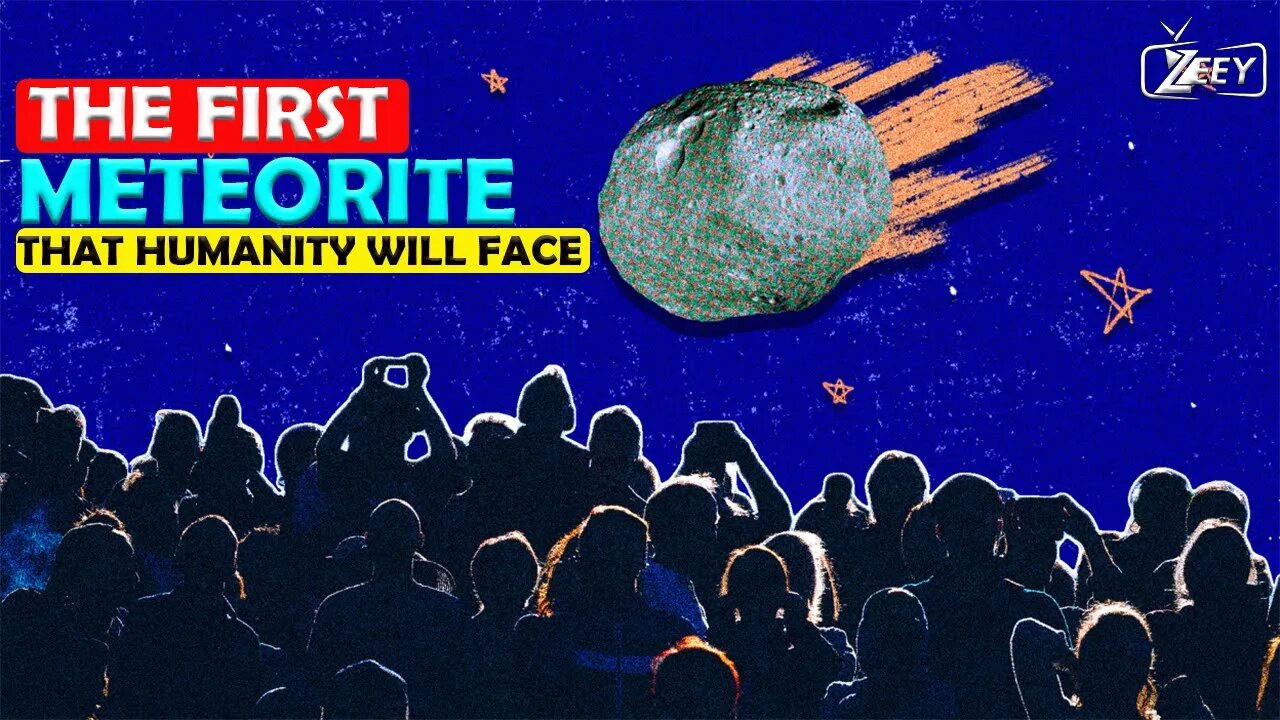Premium Only Content

11 Incredible Occurrences That You Will Not Be Able To Witness | Zeey
#CosmicWonders#UnseenUniverse#AstroPhenomena
Since we began to study the universe, it has become apparent that the majority of events occur over periods of time that are significantly longer than human life. This is true of everything from the evolution of planets to the lifespan of stars.
Today, we shall elucidate upon thirteen such events that are slated to transpire in the distant future, spanning centuries or even millennia. Are you curious as to what they are? Remain to discover!
Witness Halley's Comet twice (or more)
As opposed to other comets that require hundreds or thousands of years to approach Earth, Halley's Comet illuminates the sky approximately every 76 years, making it one of the most well-known.
The Voyagers depart the solar system after 20,000 years.
Since their 1977 launch, the Voyager 1 and Voyager 2 probes, two of NASA's most recognizable space missions, have explored interstellar space.
The magnetic field of the Earth reverses (700,000 years remain)
As an essential component of our planet, the Earth's magnetic field shields us from hazardous solar radiation and contributes to the maintenance of a habitable atmosphere.
Supernova within one million years of Earth
Supernovae are grand astronomical occurrences that symbolize the stupendous and conflagration-filled termination of a stellar lifeform within the cosmos.
After 10 million years, the footprints on the moon are no longer visible.
The lunar imprints produced by Apollo astronauts serve as concrete evidence of a momentous achievement in the realm of space exploration. By that time, all human imprints on the Moon will have been eradicated by impacts.
Mars will possess an asteroid belt in forty million years.
Two minor moons, Phobos and Deimos, have orbited Mars in a solitary fashion for millions of years.
Saturn will deplete its ring inventory in 100 million years.
Saturn will permanently lose its orbit of asteroids, whereas Mars will acquire one.
The first meteorite encountered by humanity in the remaining 180 million years
Such enormous asteroids have not entered Earth's atmosphere since the age of the dinosaurs.
There will be more daylight (four billion years remain).
The Moon, an obedient natural satellite, deviates from the Earth by an estimated annual rate of 3.8 centimeters.
In 4.5 billion years, the Milky Way and Andromeda will collide.
A spectacular cosmic encounter is anticipated between the Milky Way and the Andromeda galaxy in the remote future, specifically around 4.5 billion years from now.
The sun will disappear in five billion years.
The Sun is classified as a main sequence star, operating by undergoing nuclear fusion to produce light and heat from the combustion of hydrogen in its core.
#HiddenCosmos#BeyondVisible#SpaceMysteries#CelestialSpectacles#InvisibleMarvels#GalacticWonders#TimelessCosmicEvents#AstroReality#UnobservableUniverse#CosmicEnigmas#CosmicWonders#UnseenUniverse#AstroPhenomena#HiddenMarvels#spaceexploration #InfiniteMysteries
-
 17:06
17:06
Professor Nez
34 minutes ago🚨BREAKING: Elon Musk to BUY MSNBC!? Dems STUNNED by Brian Williams’ Viral Video!
-
![If You Smell LALALALA What CHiLi IS COOKING!!... #RUMBLETAKEOVER [Overwatch 2]](https://1a-1791.com/video/s8/1/e/s/X/3/esX3u.0kob-small-If-You-Smell-LALALALA-What-.jpg) LIVE
LIVE
CHiLi XDD
2 hours agoIf You Smell LALALALA What CHiLi IS COOKING!!... #RUMBLETAKEOVER [Overwatch 2]
282 watching -
 LIVE
LIVE
Delnorin Games
3 hours ago🔴 Live - Star Citizen
383 watching -
 1:39:44
1:39:44
HELMET FIRE
4 hours agoDEADROP IS BACK!
66.7K6 -
 10:03
10:03
Tundra Tactical
6 hours ago $1.04 earnedBrandon Herrera Vies Bid for ATF Director!
35.5K5 -
 22:01
22:01
DeVory Darkins
1 day ago $3.36 earnedHakeem Jeffries SHUTS DOWN The View as Matt Gaetz Speaks out
36.4K81 -
 2:02:54
2:02:54
Mally_Mouse
5 hours agoLet's Play!! - Spicy Saturday
24K -
 1:33:06
1:33:06
Slightly Offensive
6 hours ago $2.61 earnedAre You Ready for What's Coming Next? | Just Chatting Chill Stream
42.7K29 -
 32:10
32:10
MYLUNCHBREAK CHANNEL PAGE
1 day agoThe Gate of All Nations
110K46 -
 13:07
13:07
Sideserf Cake Studio
10 hours ago $1.04 earnedIS THIS THE MOST REALISTIC SUSHI CAKE EVER MADE?
37.6K3